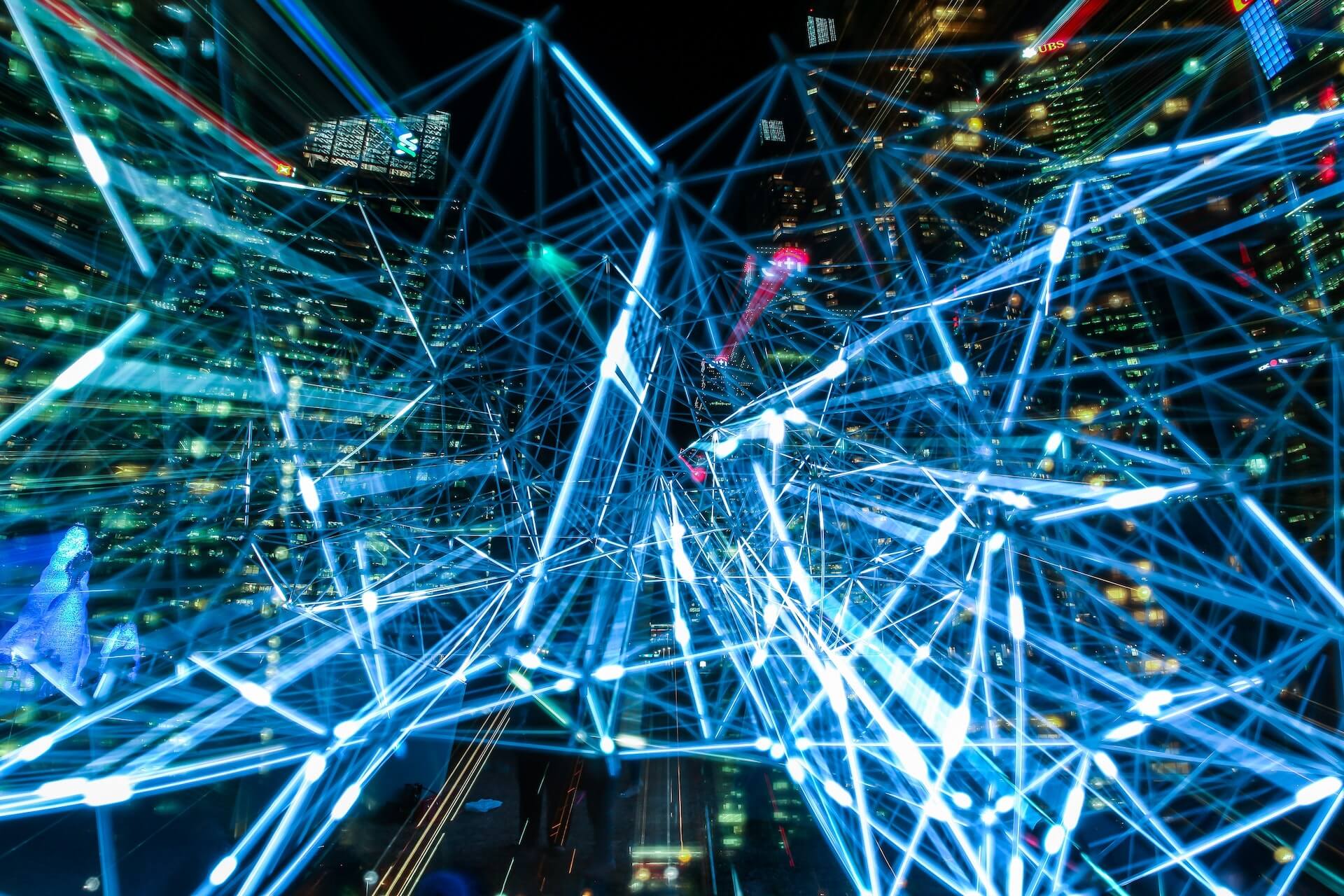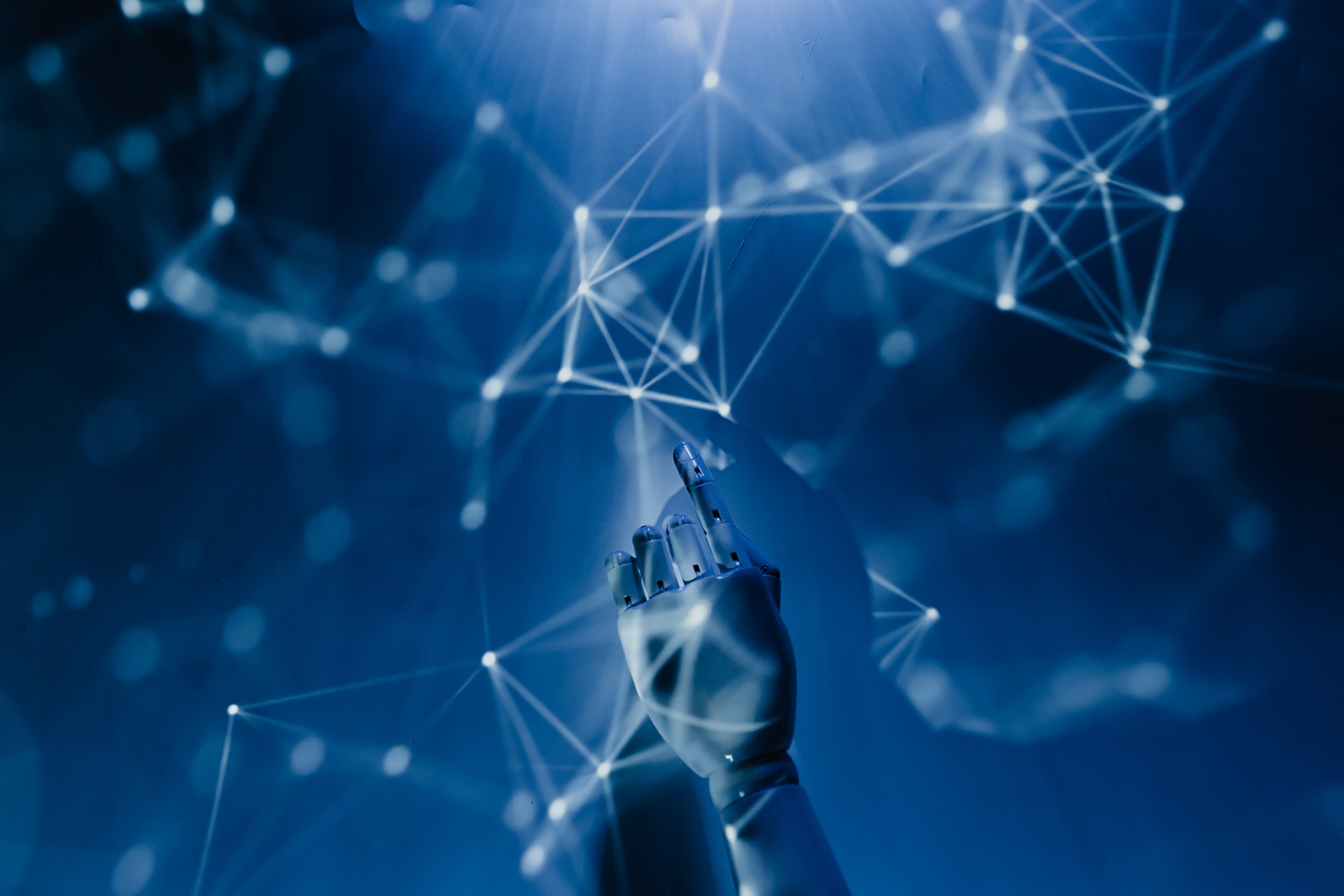Dangers of AI with relation to cybersecurity
Dangers of AI with relation to cybersecurity
Artificial intelligence (AI) has become an integral part of many industries, including cybersecurity. AI can help detect and respond to threats quickly, analyze vast amounts of data, and identify patterns that humans might miss. However, AI also poses several risks and dangers to cybersecurity, as it can be manipulated or used by attackers to cause harm.
Here are some of the dangers of AI with relation to cybersecurity:
- AI can be used to launch cyber attacks: Attackers can use AI to launch sophisticated cyber attacks, such as spear-phishing and social engineering attacks. These attacks can be highly targeted and effective, as AI can generate highly convincing messages and impersonate legitimate sources. In addition, AI can automate the process of identifying and exploiting vulnerabilities, making it easier for attackers to launch attacks at scale.
- AI can be used to bypass security measures: As AI becomes more advanced, it can be used to bypass security measures such as firewalls and intrusion detection systems. Attackers can use AI to learn and mimic the behavior of legitimate users, making it difficult for security systems to detect malicious activity. In addition, AI can be used to generate new malware variants that can evade traditional antivirus software.
- AI can be used to amplify attacks: Attackers can use AI to amplify the impact of their attacks. For example, AI can be used to generate convincing fake news stories or social media posts, which can be used to manipulate public opinion or spread misinformation. In addition, AI can be used to coordinate attacks across multiple devices and platforms, making it difficult to detect and stop.
- AI can be biased or flawed: AI systems are only as good as the data they are trained on. If the data is biased or flawed, the AI system will reflect that bias or flaw. For example, if an AI system is trained on data that is skewed towards a particular group or ideology, it may produce biased or misleading results. This can have serious implications for cybersecurity, as it can lead to incorrect or incomplete threat assessments.
- AI can be hacked or manipulated: AI systems are vulnerable to hacking and manipulation, just like any other computer system. Attackers can use AI to automate the process of identifying and exploiting vulnerabilities in AI systems. In addition, attackers can manipulate the data used to train AI systems, which can lead to incorrect or malicious behavior.
In conclusion, while AI has the potential to transform cybersecurity, it also poses significant risks and dangers. As AI becomes more prevalent in cybersecurity, it is essential to develop robust security measures to detect and respond to threats. This includes training AI systems to recognize and mitigate biases, developing stronger authentication and encryption protocols, and monitoring AI systems for signs of malicious behavior. By taking a proactive and collaborative approach, we can help ensure that AI is used safely and ethically in cybersecurity.


